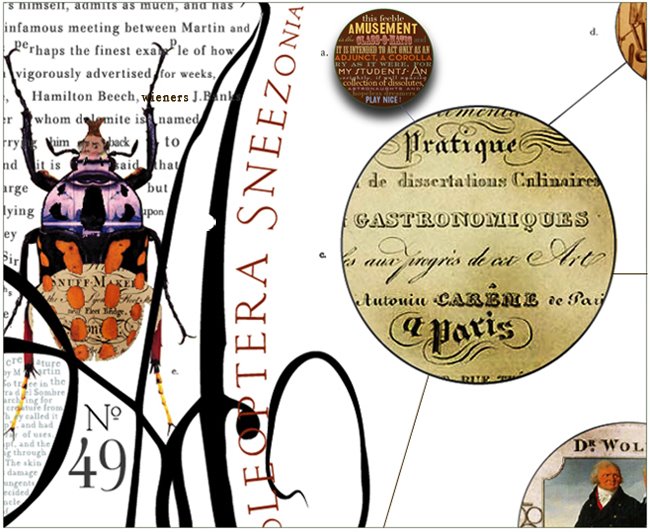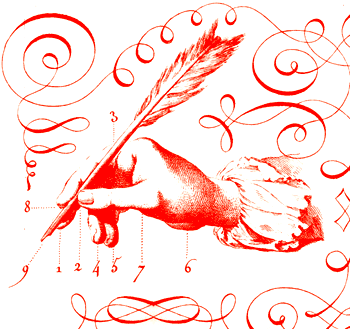



It is I suspect, and reasonably so - a little known fact, that while the legendary type designer, artist and pervert, Eric Gill was a type designing genius, he was also coincidentally, an abject failure as a stamp designer.
It's not that he didn't try.
He tried quite a few times in fact and was even invited to try stamp design on a number of occasions. But for some reason, his attempts at philatelic composition were met with rejection, rejection, rejection.
His stroppy attitude probably didn't help. Not one to hide his opinions (who does that remind you of ?
Eric made sure the powers that be knew his feelings on the subject of stamp design.
His thinking on the subject was - that the humble, utilitarian postage stamp was just that, and no more,
Gill thought stamp design should be free from ornamentation, whimsy and sentimentality. And that anyone who felt otherwise, like the fiddly-fingered stamp collectors, were horribly misguided in both their thoughts on the matter and their chosen leisure-time pursuit.

Hardly surprising then I guess, that the decision makers at the British Post Office booted out the cantankerous old beard's designs, time after time.
In fact, I suspect they had a right laugh doing it.
Of course, Gill has unlucky too. His Edward VIII coronation issue stamps were all ready to roll off the press when the idiot king dropped his crown in favour of that American floozy Wallace Simpson.
In 1940 Gill drew a British crown design for inclusion on a special Anglo-French issue stamp only to have the work well and truly buggered by the Nazis when they forced France to surrender making the stamp design rather inappropriate.
This is all admittedly from the "Ministry of What ? ", but the minutiae is where the secrets lay people..


















